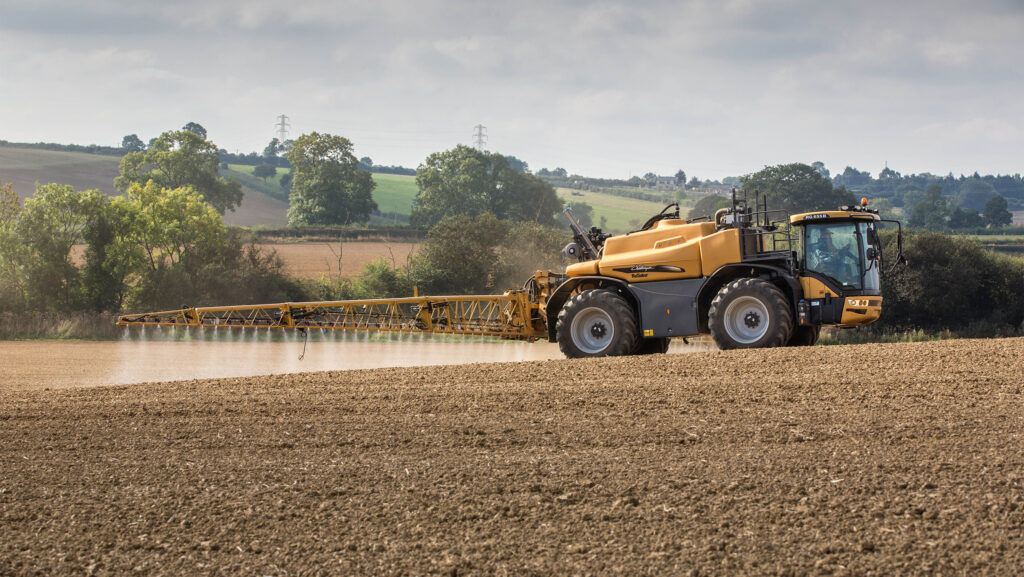5 tips for achieving successful residual herbicides sprays
 © Tim Scrivener
© Tim Scrivener Following a high grassweed pressure season, growers will need to pay extra attention to achieve effective weed control, particularly if drilling early.
Farmers Weekly looks at five top tips for successful residual herbicide control this season.
1. Dose of realism
The starting point is an honest appraisal of the situation, according to Agrovista technical manager Mark Hemmant.
“We’ve had two difficult autumns, so we know it will be difficult to stop growers sowing early.”
Earlier drilling means the potential weed levels in crops are much higher and herbicides have more work to do.
“We can still use some cultural controls such as drilling low pressure fields first, but we have to accept we’re going to spend more on herbicides and use the better products to control weeds.”
2. Active selection
There are several actives available, but Mark recommends Avadex (tri-allate) as the starting point for effective herbicide control.
“Then you’ve got to go on to use your strongest grassweed products.
“We’ll probably go for the Proclus (aclonifen) + Liberator (flufenacet + diflufenican) route pre-emergence, and then use Luxinum (cinmethylin) early post-emergence to get the best control across the programme.”
3. Timing of the first spray
Apply the first spray within 48 hours of drilling to maximise efficacy – the longer you delay the greater risk of subpar control.
“Don’t push the drill and forget about the pre-emergence,” says Bayer independent business manager Darren Adkins.
“Drill, roll if you have to, and then spray over two days. If you leave it longer, weeds can start to germinate which reduces the efficacy of any spray.”
Darren says prompt application is particularly important in crops drilled in September because weeds can start germinating surprisingly soon in warmer soils.
4. Cover all bases
For high weed pressure fields, the plan is most likely a spray at pre-emergence, and a second spray a couple of weeks later to control weed germination throughout October into November.
However, the risk of bad weather means you cannot depend on the second spray, so make sure there is decent longevity in the pre- emergence.
“Like everything this season, it’s a balancing act with no simple answer,” says Darren.
“Using actives with longer residual activity at pre-emergence is a good insurance policy. Aclonifen and diflufenican are longer-lasting, so fit well at this timing.”
He says it’s important to be flexible on the timing of the second spray to take advantage of suitable application conditions.
“Two weeks is a good starting point for planning, but weather could dictate a longer gap,” he adds.
5. Crop safety
The risk of heavy rain at the pre-emergence timing can wash herbicides down to the crop germination zone and cause crop effects.
Winter barley and lighter soils also reduce the margin for error and need good attention to detail to achieve the best result.
“Drill crops to at least 32mm depth, properly covered with no open slots to keep the crop seed well away from high doses of residual herbicides,” advises Darren.
“If there is heavy rain around, then it is safer to use a sequence of herbicides than a big stack. This also means you don’t run the risk of really heavy rain washing them all away completely.”

